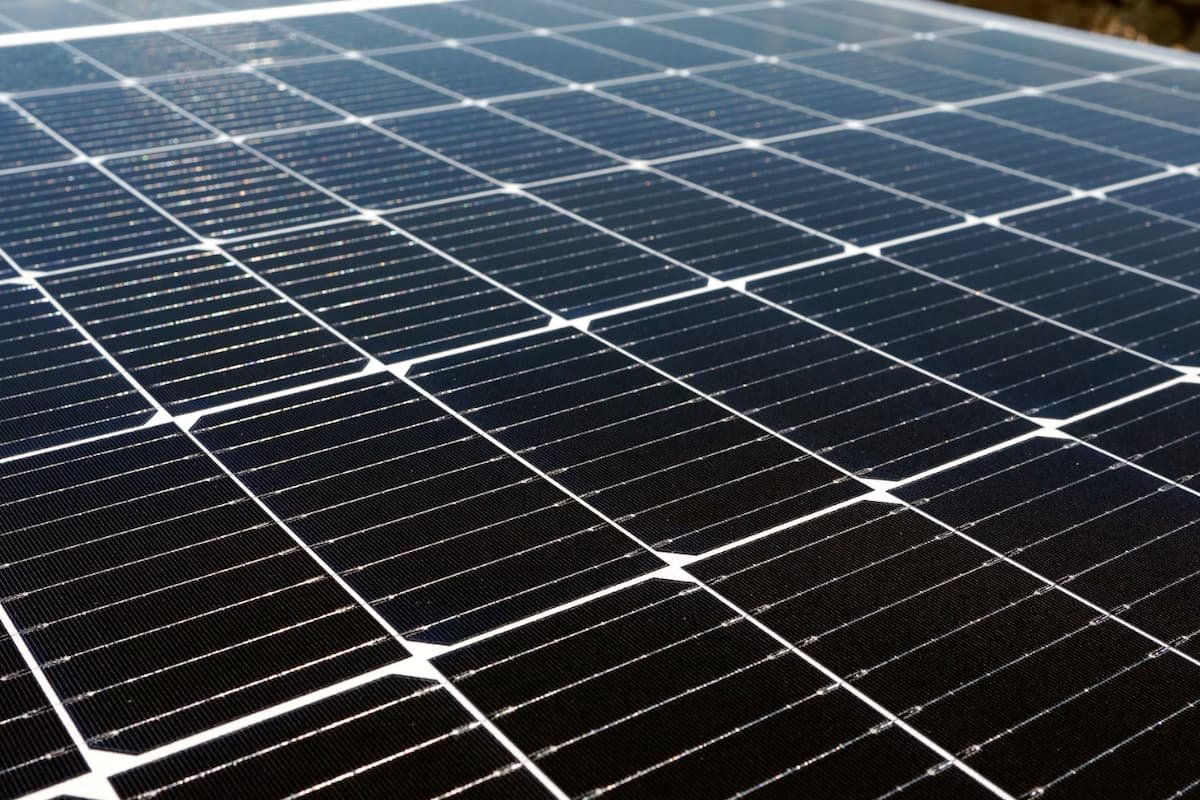Heat Beneath Solar PV Panels
Solar photovoltaic (PV) panels have become increasingly popular as a clean and renewable energy source. While they efficiently convert sunlight into electricity, a notable byproduct of this conversion process is the generation of heat.
The Science Behind Heat Generation
Solar PV panels operate on the principle of the photovoltaic effect. When sunlight strikes the surface of the panels, it interacts with the semiconductor material, typically silicon, within the panels. The photons in the sunlight excite the electrons in the semiconductor material, causing them to break free from their atoms. These freed electrons then flow through an electric circuit, generating an electric current that can be harnessed for various applications.
However, not all of the energy from sunlight is converted into electricity. A portion of the absorbed sunlight's energy is transformed into heat. This occurs due to several factors, including the inherent inefficiency of the conversion process and the resistance encountered as electrons move through the material. The conversion of solar energy into heat is unavoidable and a natural consequence of the photovoltaic process.
Factors Influencing Heat Generation
Several factors influence the amount of heat generated beneath solar PV panels. One critical factor is the intensity of sunlight. Higher solar irradiance levels, especially in regions with abundant sunlight, can lead to increased heat generation. Additionally, the angle and orientation of the panels relative to the sun affect the amount of solar energy absorbed, thereby impacting the heat generated.
The design and materials used in solar PV panels also influence heat generation. Various components, such as the semiconductor material, metal conductors, and protective coatings, can contribute to heat buildup. Some panel designs are more effective than others at dissipating heat, which can impact overall system efficiency.
Heat Dissipation and Efficiency
The accumulation of heat beneath solar PV panels can have adverse effects on their performance and efficiency. As the temperature rises, the efficiency of the panels decreases. This is primarily due to the temperature coefficient associated with solar panels, which represents the percentage decrease in power output for every degree Celsius rise in temperature.
The decrease in efficiency occurs because as the temperature rises, the movement of electrons becomes less efficient, resulting in reduced current flow. Consequently, the power output of the panels decreases, affecting the overall energy production of the system.

